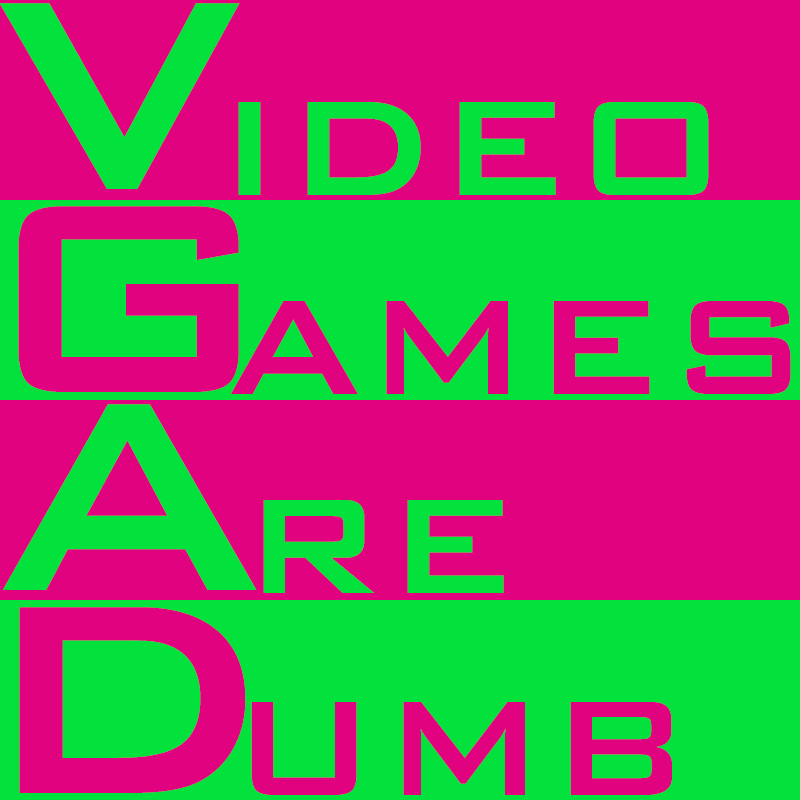The Order 1886 is a typical, early console exclusive. A game that showcases the flashy graphics and special effects of the latest generation of hardware, while safely rooting it’s gameplay in the tried and true. Unlike many of its peers, The Order contains a well told story that features a fascinating, detail rich world. However, the overall experience is spoiled by a lackluster finish that will leave more than a few players rolling their eyes, and most disappointed by this title’s unfulfilled potential.
The year is 1886, and for nearly 1400 years The Knights Of The Round Table have protected England and the British Empire from the monstrous Werewolf-like creatures known as “Half-Breeds” The Knights are largely victorious in this battle thanks to the mysterious healing power of Blackwater, a liquid used exclusively by the Knights that instantly closes wounds and grants near immortality. Scientific discoveries are rampant, with automatic firearms, flying zeppelins, and cellphone-like communicators becoming common place to the upper echelon of society. But The Table now faces a new enemy in the form of The Rebellion, a militant alliance of underprivileged London citizens determined to overthrow the upper class. Sir Grayson Galahad becomes determined to find the cause of unrest and stamp it out before it consumes all of Britain.
The Order does an incredible job of quickly establishing its world thanks to it’s reserved storytelling. Characters will often calmly debate the qualities of various strategies, locations, and political views without resorting to forced exposition. Well written dialogue allows the character’s to naturally articulate their personalities, perspectives, and motivations. Unforchantly, the 3rd act’s rapid escalation introduces far too many new concepts before quickly and unsatisfactorily ending. It’s shocking to watch such a confident narrative abandon so many ongoing threads in favor of resolving its least developed arc. Frankly, it’s a mistake.
While the setting of The Order is unconventional, the gameplay is anything but. As a third person cover based shooter, players will face hundreds of humans and a few dozen Half-Breed enemies. Most of the time, battles will take place over the course of a few minutes with multiple waves of enemies joining the battle once their comrades are defeated. In a word, it’s generic. Anyone experienced in shooters over the past decade will find most of The Order’s gameplay to be familiar. Shotguns, Pistols, Rifles, as well fantasy weapons such as the electric Arc Gun and Thermite Gun all perform in a predictable manner. If for whatever reason players want to speed up the process, a slow motion attack allows Galahad to quickly dispense his foes, though I rarely need to utilize it. That’s not to say the combat is bad, in fact most of the guns deliver a satisfying sense of impact. But the simplistic AI and cookie-cutter scenarios emphasizes the repetitive mechanics.
Occasionally, players will enter melee combat sequences against Elder Lycans. These essentially play out as simplistic 3 button games, requiring players to dodge and attack. Despite being set up a tense and grueling battle, these fights are incredibly slow and easy. While the rest of the quick time events and stealth attacks simply prompt button presses for a short amount of time. Other minigames involve picking locks and blowing up generators, both of which are heavily influenced by games of the past 10 years. None of these moments feel necessary, and more problematically, they interrupt the flow of the narrative, though only briefly. And that’s the real problem with The Order, it fails to challenge the player. Thankfully the 6 hour campaign ends before the combat can become boring, but it’s repetitive nature limits its replayability.
If you’re looking for a game to display the graphical potential of the PlayStation 4, The Order is most certainly your best option. The photo-realistic design is breathtaking and further blurs the lines between pre-rendered and in game graphics. It’s a obvious a great amount of effort has been taken to capture the look of late 19th century London, which it does quite well. When more fantastical elements such as supernatural creatures, sci-fi weapons, and zeppelins appear, they don’t detract from the sense of authenticity. It’s really a testament to The Order’s consistently excellent art and animation.
Throughout my playthrough of The Order I was struck by the game’s use of natural light. It’s one of the only games I’ve played to correctly represent sun and moonlight. The overall use of light sources from gunfire to candles is in a class of its own. Faces are equally impressive and expressive, displaying a large range of emotions that is punctuated by the captivating voice cast. Clothes and fabrics naturally move and flutter with hyper detailed textures and recognizable materials. While The Order limits it’s visual to a 1920x800 (black bar) aspect ratio, it’s maintains a steady 30 frames per second and joins the handful games to offer Next-Gen visuals.
The Order 1886’s as a whole is not greater than the sum of it’s parts. It easily overachieves in terms of presentation and world building, but the initial joys of combat and its story thin out by the end. The Order still has plenty to offer anyone looking to pass a few hours, but it’s hard not to feel slightly cheated by its last hour. The majority of The Order is a well made and gorgeous experience that most players will enjoy. It’s a shame they couldn't stick the landing.
